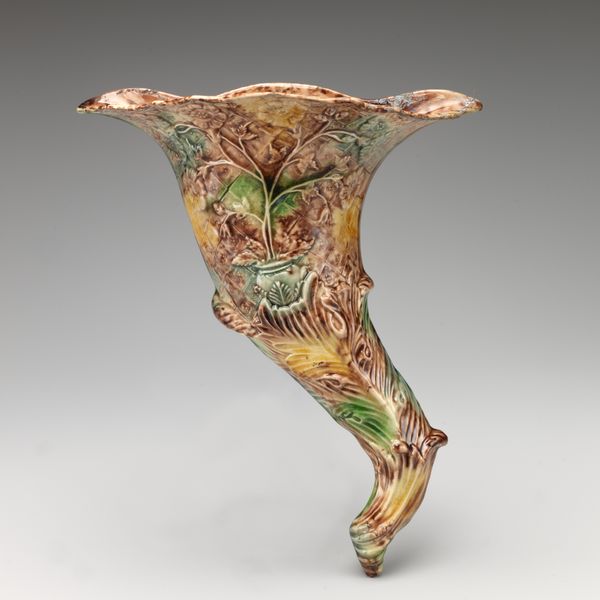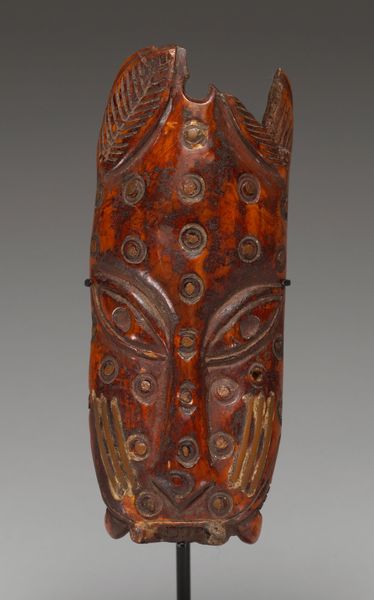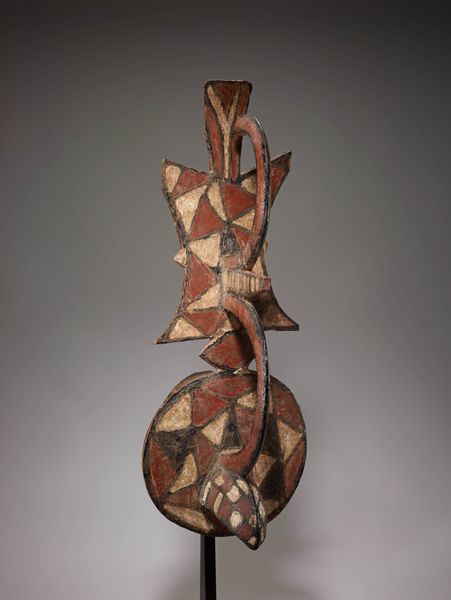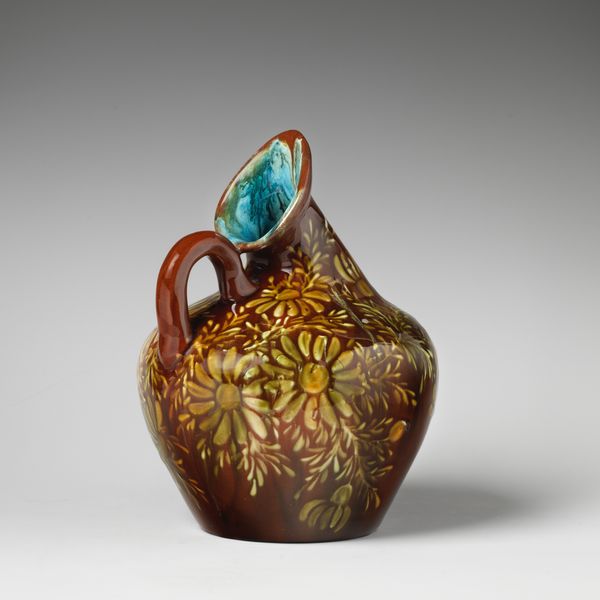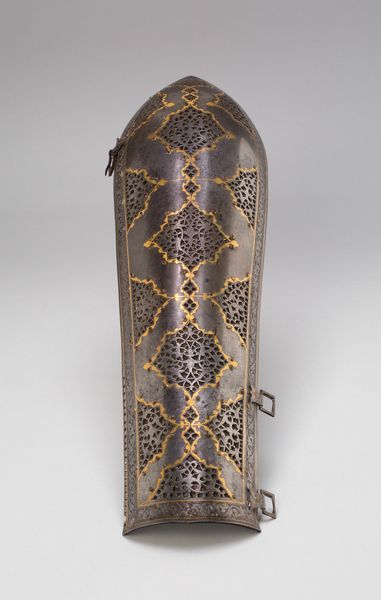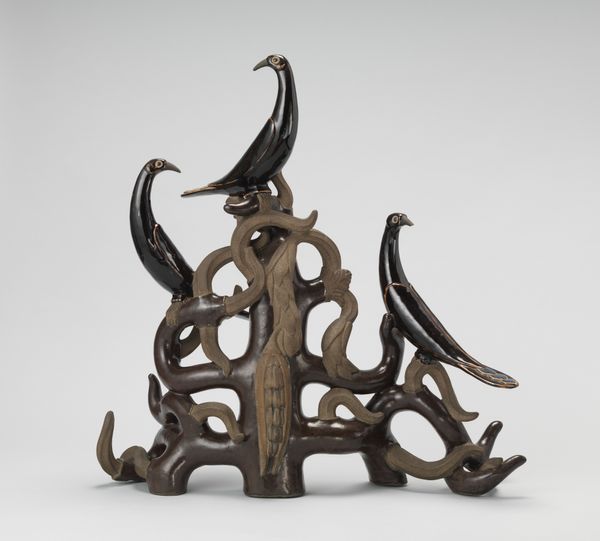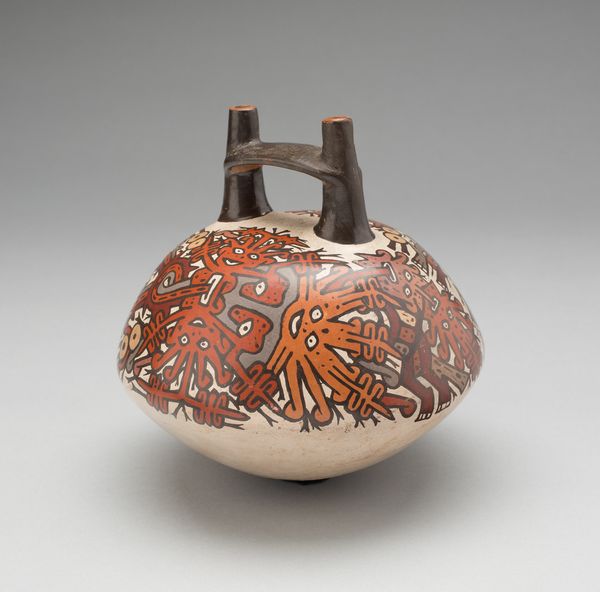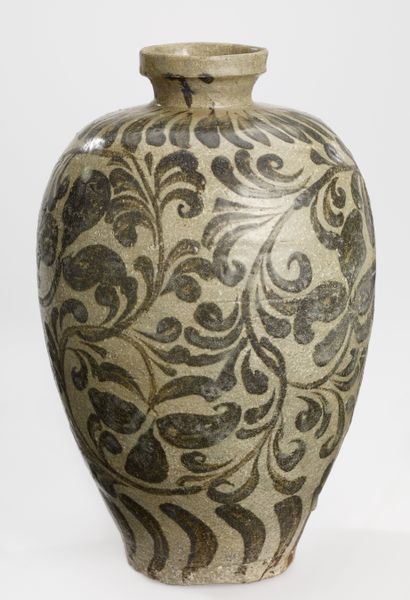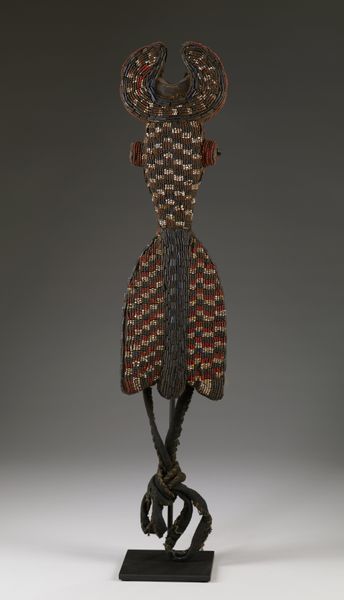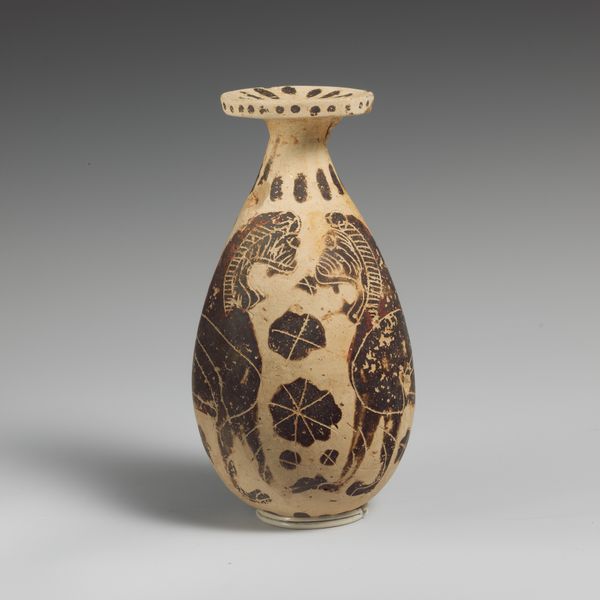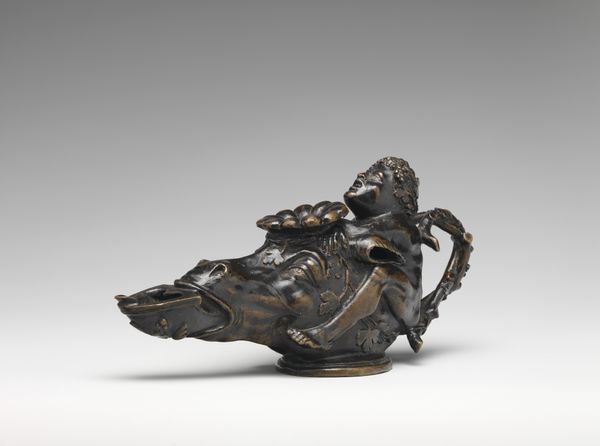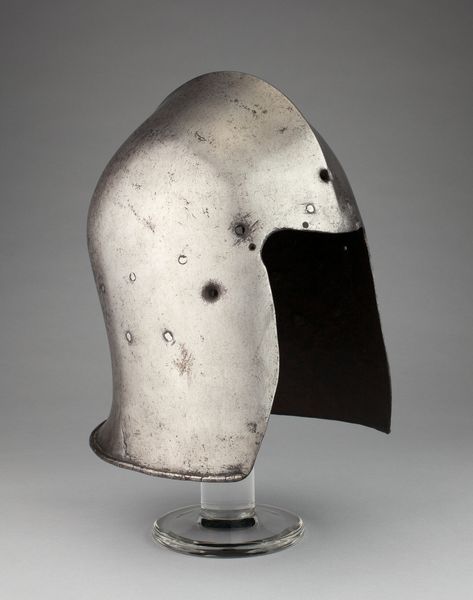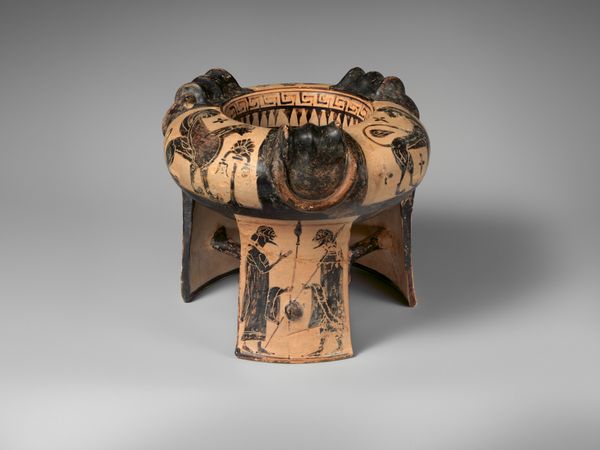
Crinet Plate and Shaffron Belonging to an Armor for Field and Tournament Made for Duke Nikolaus "The Black" Radziwill (1515–1565), Duke of Nesvizh and Olyka, Prince of the Empire, Grand Chancellor and Marshal of Lithuania 1530 - 1900
0:00
0:00
metal, sculpture
#
medieval
#
metal
#
sculpture
#
history-painting
#
armor
Dimensions: crinet plate: L. 13 7/8 in. (35.5 cm); H. 3 7/8 in. (9.8 cm); Wt. 9 oz. (261 g); shaffron: H. 23 1/4 in. (59 cm); W. 13 1/4 in. (33.6 cm); Wt. 4 lb. 8 oz. (2034 g)
Copyright: Public Domain
Kunz Lochner crafted this crinet plate and shaffron in the 16th century, designed to protect a warhorse in battle and tournament. Observe the elaborate decoration which transforms the functional armor into a powerful visual statement. The swirling, spiral pattern of the crinet plate is particularly evocative. In antiquity, the spiral was not merely decoration; it was a symbol of life's cyclical nature. It appeared in funerary art, hinting at renewal and resurrection. Consider its resonance within the context of war. Does it not imply an enduring strength? This motif recurs across cultures and epochs. We find it in ancient Minoan art, spiraling labyrinthine forms reflecting the journey of the soul. Even in modern times, the spiral retains its primal pull, used to evoke growth and transformation. This non-linear, cyclical progression surfaces in different contexts, continually evolving to resonate with new audiences.
Comments
No comments
Be the first to comment and join the conversation on the ultimate creative platform.
